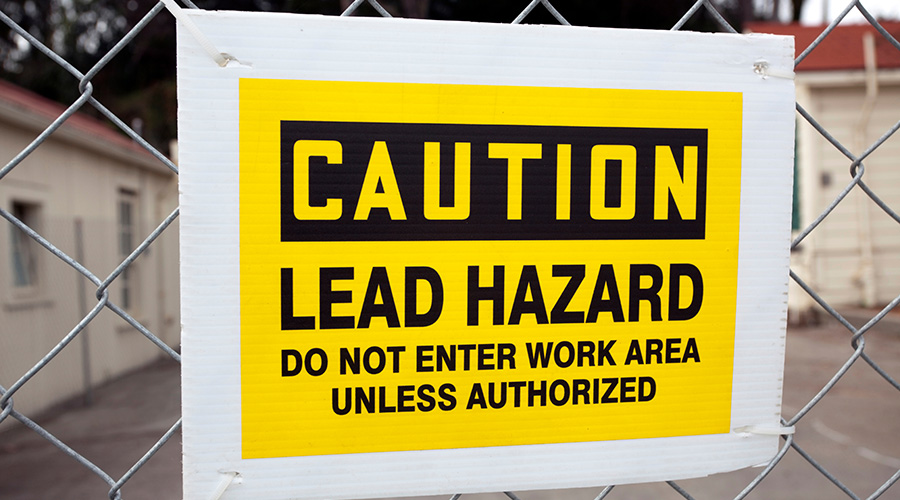Benefits from Zero-Based Budgeting and EMPs
First, managers can use an EMP when developing the tasks required to properly maintain a facility, plant or piece of equipment. The EMP captures all of the maintenance tasks that are required consistently for all equipment.
For each asset, managers can develop an EMP that includes one or more tasks designed to ensure the continued operation and maintenance of the equipment, process or system. These tasks include preventive maintenance (PM) and predictive maintenance (PdM) work, annual and biannual inspection activities, and capital improvements or projects.
There are numerous benefits from this process for managers and their departments. First, the EMP captures all of the tasks required to maintain the equipment. As a result of using an EMP, top management cannot ignore the fact that this work is required to operate equipment properly.
If management decides to reduce the level of maintenance for the piece of equipment in question, the EMP helps managers make the case that the risk of failure increases, and therefore, the equipment will become even more expensive to maintain. The EMP also captures the required time and resources for maintaining the equipment, which are two fundamental aspects of budgeting. It also captures capital projects related to maintaining the equipment, for which managers need to budget.
If managers take the sum of EMPs for all assets in their facilities, they can calculate the annual dollars for maintaining these assets. They also can calculate the labor for both mechanical and electrical systems and components. Managers can customize this plan to include other resources, such as materials used for PM, PdM, and capital projects.
Second, and perhaps most importantly, managers who have historical data collected on EMPs can use this information as a helpful tool to go beyond building budgets. I have used historical data to mine for emergency work. How many hours did we expend on emergency work last year, and what were the costs associated with it? Keep in mind that world-class maintenance standards accept a 10 percent allocation for emergency work.
Do not fool yourself into thinking that by calculating EMP for all your assets and justifying their costs using zero-based budgeting techniques, you will end up with a fool-proof budget top management can not possibly refute or cut.
You will have a rainy day. In fact, Murphy's Law says you will have multiple rainy days. Just make sure you budget for such instances. It is much easier to set aside funds for those occasions than to take the money from some other area or project.
This process works best with operating budgets. Budgeting for capital projects is a completely different process. See my Management Insight column in the November 2011 issue of Maintenance Solutions for a discussion of capital budgets.
Agree? Disagree? Have something to say? We want to hear from you. Visit myfacilitiesnet.com/AndyGager, and start a conversation.
Related Topics:













